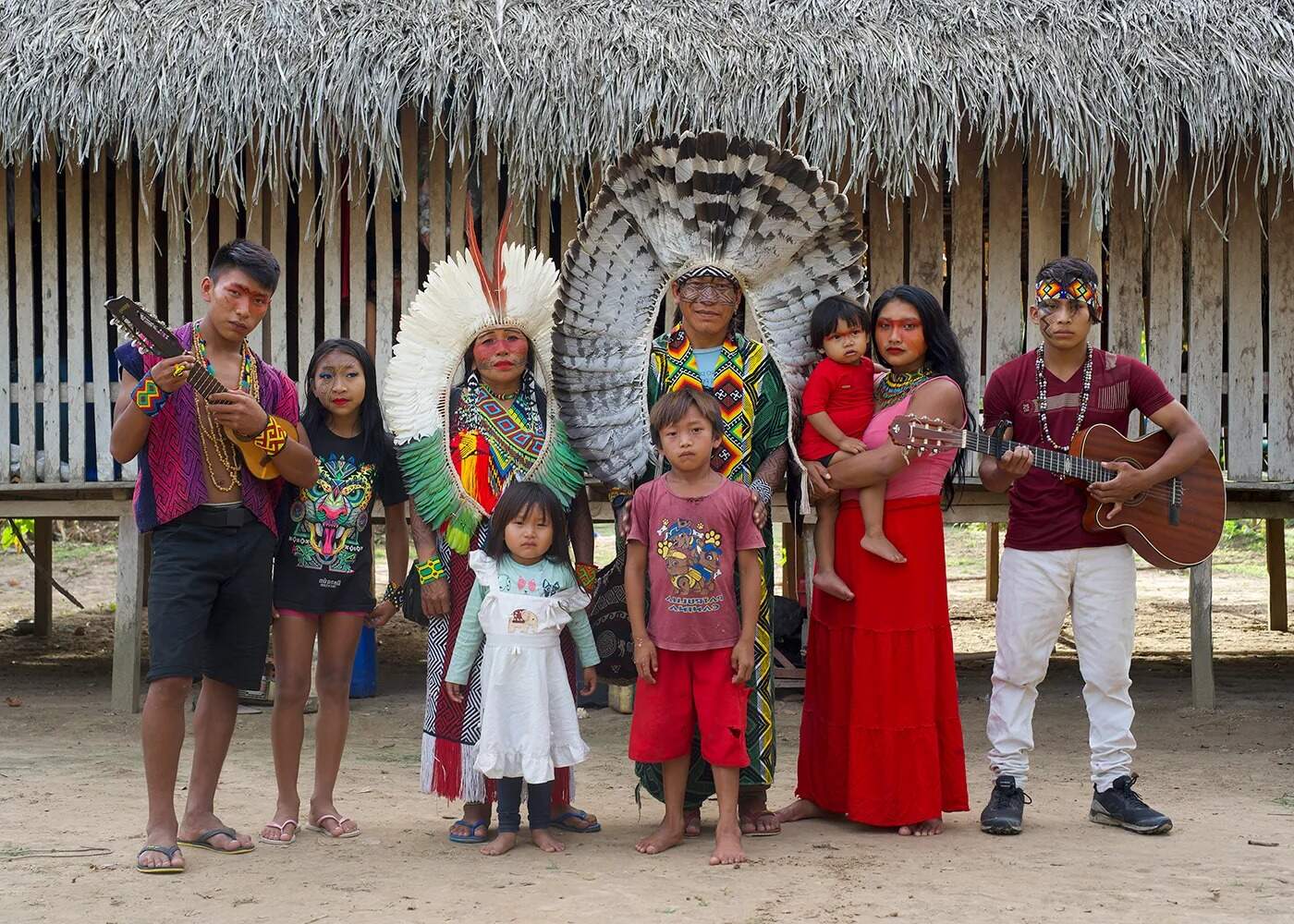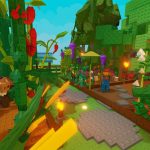
Who are the Kaxinawá? The Kaxinawá, also known as the Huni Kuin, are an indigenous group living in the Amazon rainforest, primarily in Brazil and Peru. They have a rich culture deeply connected to nature, with traditions passed down through generations. Their language, Panoan, is unique and vital to their identity. The Kaxinawá are known for their intricate body paint, vibrant festivals, and spiritual practices involving plant medicine like ayahuasca. Despite facing challenges from deforestation and modern encroachment, they strive to preserve their heritage. Learning about the Kaxinawá offers a glimpse into a world where nature and culture intertwine seamlessly.
Who Are the Kaxinawá?
The Kaxinawá, also known as the Huni Kuin, are an indigenous people living in the Amazon rainforest. Their culture, traditions, and way of life are deeply connected to the forest.
- The Kaxinawá primarily reside in Brazil and Peru.
- Their name, Huni Kuin, means "true people" in their language.
- They speak the Panoan language, which is part of the larger Pano-Tacanan language family.
- The Kaxinawá population is estimated to be around 10,000 individuals.
Kaxinawá Culture and Traditions
The Kaxinawá have a rich cultural heritage that includes unique rituals, art, and social structures. Their traditions are passed down through generations, preserving their identity.
- They practice animism, believing that all elements of nature have spirits.
- The Kaxinawá use body paint made from natural dyes for ceremonies and daily life.
- Their traditional music includes the use of flutes, drums, and chants.
- Storytelling is a vital part of their culture, often involving myths about the creation of the world.
Kaxinawá Art and Craftsmanship
Art plays a significant role in Kaxinawá society. Their craftsmanship reflects their connection to nature and their spiritual beliefs.
- They create intricate beadwork and jewelry from seeds and feathers.
- Basket weaving is a common craft, with patterns that hold symbolic meanings.
- The Kaxinawá are known for their vibrant textiles, often featuring geometric designs.
- Face masks used in rituals are crafted from wood and decorated with natural pigments.
Kaxinawá Social Structure
The social structure of the Kaxinawá is organized around family and community. Leadership and roles are defined by tradition and respect.
- Villages are led by a chief, known as a cacique.
- The cacique is responsible for maintaining harmony and making decisions for the community.
- Elders hold a respected position, often serving as advisors and storytellers.
- Men and women have distinct roles, with men typically hunting and women gathering and farming.
Kaxinawá Spiritual Beliefs
Spirituality is central to Kaxinawá life. Their beliefs are intertwined with their daily practices and their understanding of the world.
- Ayahuasca, a sacred plant medicine, is used in spiritual ceremonies.
- Shamans, or medicine men, play a crucial role in healing and spiritual guidance.
- The Kaxinawá believe in a multi-layered universe, with different realms inhabited by various spirits.
- Rituals often involve singing, dancing, and the use of sacred plants to connect with the spiritual world.
Kaxinawá and the Environment
Living in the Amazon rainforest, the Kaxinawá have a deep respect for their environment. They rely on the forest for their sustenance and well-being.
- They practice sustainable agriculture, using techniques like shifting cultivation.
- Hunting and fishing are done with respect for the animals, taking only what is needed.
- The Kaxinawá use medicinal plants from the forest for healing.
- They have extensive knowledge of the flora and fauna of the Amazon, passed down through generations.
Challenges Facing the Kaxinawá
Despite their rich culture, the Kaxinawá face numerous challenges. These include threats to their land and way of life.
- Deforestation and illegal logging pose significant threats to their territory.
- Encroachment by outsiders has led to conflicts and displacement.
- Climate change impacts their environment, affecting their traditional practices.
- Efforts are being made to preserve their culture and protect their rights, but challenges remain.
Final Thoughts on Kaxinawá Facts
The Kaxinawá people offer a rich tapestry of culture, history, and traditions. Their unique language, Huni Kuin, and their deep connection to the Amazon rainforest highlight their resilience and adaptability. From their intricate body art to their traditional ceremonies, the Kaxinawá showcase a vibrant way of life that continues to thrive despite modern challenges. Understanding these facts not only broadens our knowledge but also fosters appreciation for their enduring legacy. By learning about the Kaxinawá, we gain insight into the diverse cultural mosaic that makes our world so fascinating. Let's continue to respect and support indigenous communities like the Kaxinawá, ensuring their stories and traditions are preserved for future generations.
Was this page helpful?
Our commitment to delivering trustworthy and engaging content is at the heart of what we do. Each fact on our site is contributed by real users like you, bringing a wealth of diverse insights and information. To ensure the highest standards of accuracy and reliability, our dedicated editors meticulously review each submission. This process guarantees that the facts we share are not only fascinating but also credible. Trust in our commitment to quality and authenticity as you explore and learn with us.


